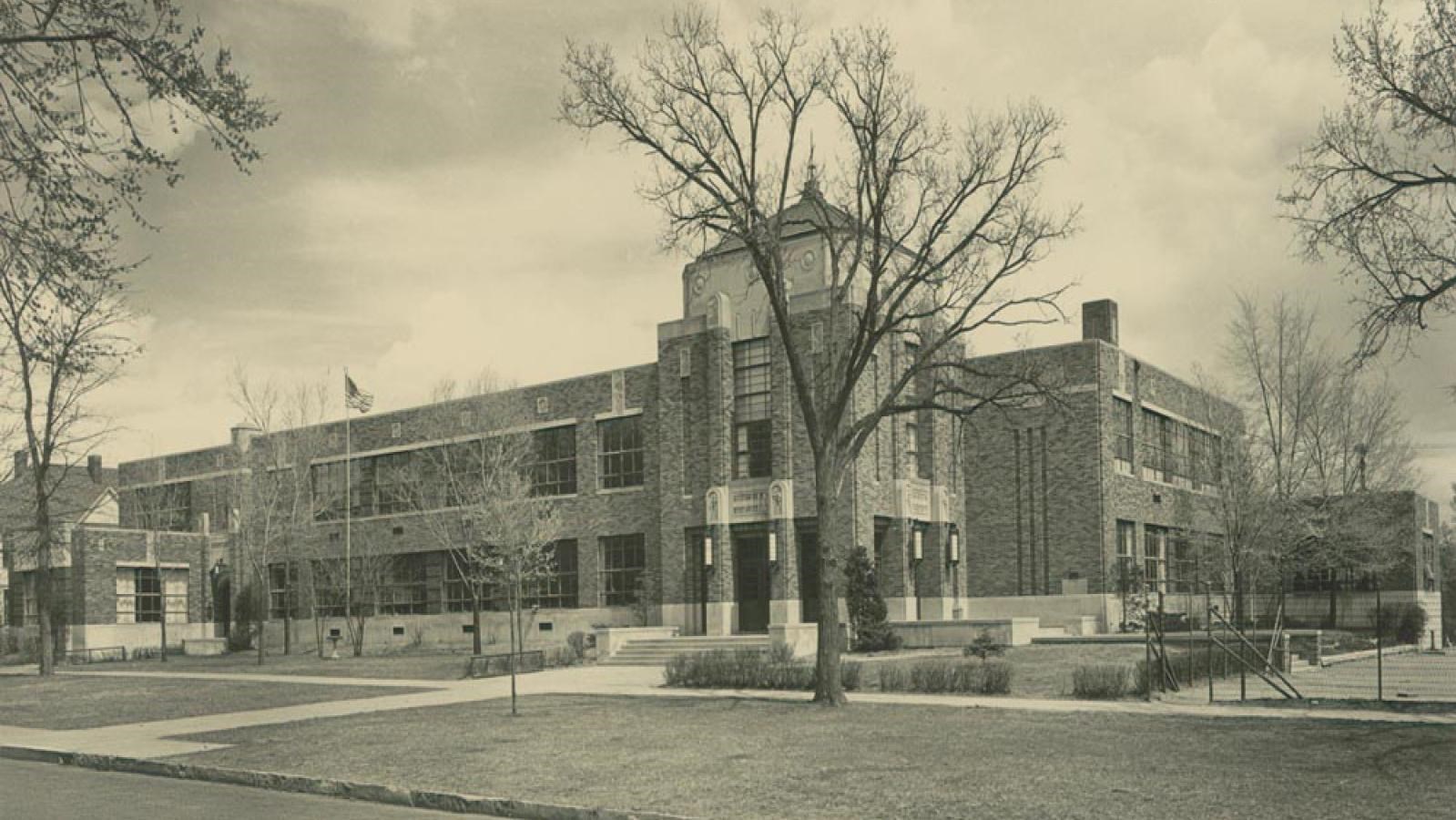Last updated: June 3, 2023
Place
Sumner Elementary School

Quick Facts
Location:
330 SW Western Ave, Topeka, KS 66606
Significance:
One of 18 Topeka grade schools open only to white children
Designation:
National Historic Landmark
OPEN TO PUBLIC:
No
Built in 1936, Sumner Elementary School helped launch the nation’s Civil Rights Movement, as one of the schools at the center of the U.S. Supreme Court’s ruling in Brown v. Board of Education. Sumner was one of 18 Topeka grade schools open only to white children. In the fall of 1950, Oliver Brown, under the watchful eyes of the NAACP’s attorneys, attempted to enroll his daughter Linda. Although the school was only 4 blocks from her home, Linda was turned away because of her race. Early the next year, Brown and twelve other parents representing 20 children filed a lawsuit demanding the immediate integration of Topeka’s elementary schools. In 1954 the Supreme Court ruled that segregated schools violated the rights of black children under the 14th Amendment of the U.S. Constitution.
In 1987, the National Park Service designated Sumner Elementary a National Historic Landmark, followed 5 years later by Monroe Elementary. When President George H. W. Bush signed legislation creating Brown v. Board of Education National Historic Site in 1992, Sumner Elementary was still serving Topeka’s black and white children. It closed its doors in 1996.
In 1987, the National Park Service designated Sumner Elementary a National Historic Landmark, followed 5 years later by Monroe Elementary. When President George H. W. Bush signed legislation creating Brown v. Board of Education National Historic Site in 1992, Sumner Elementary was still serving Topeka’s black and white children. It closed its doors in 1996.
-
Sumner Elementary School
Experience the historical importance of Sumner Elementary School and how it relates to Brown v. Board of Education.
